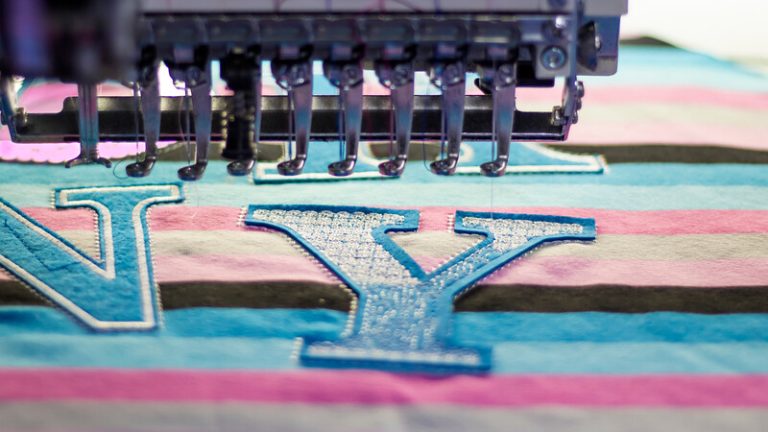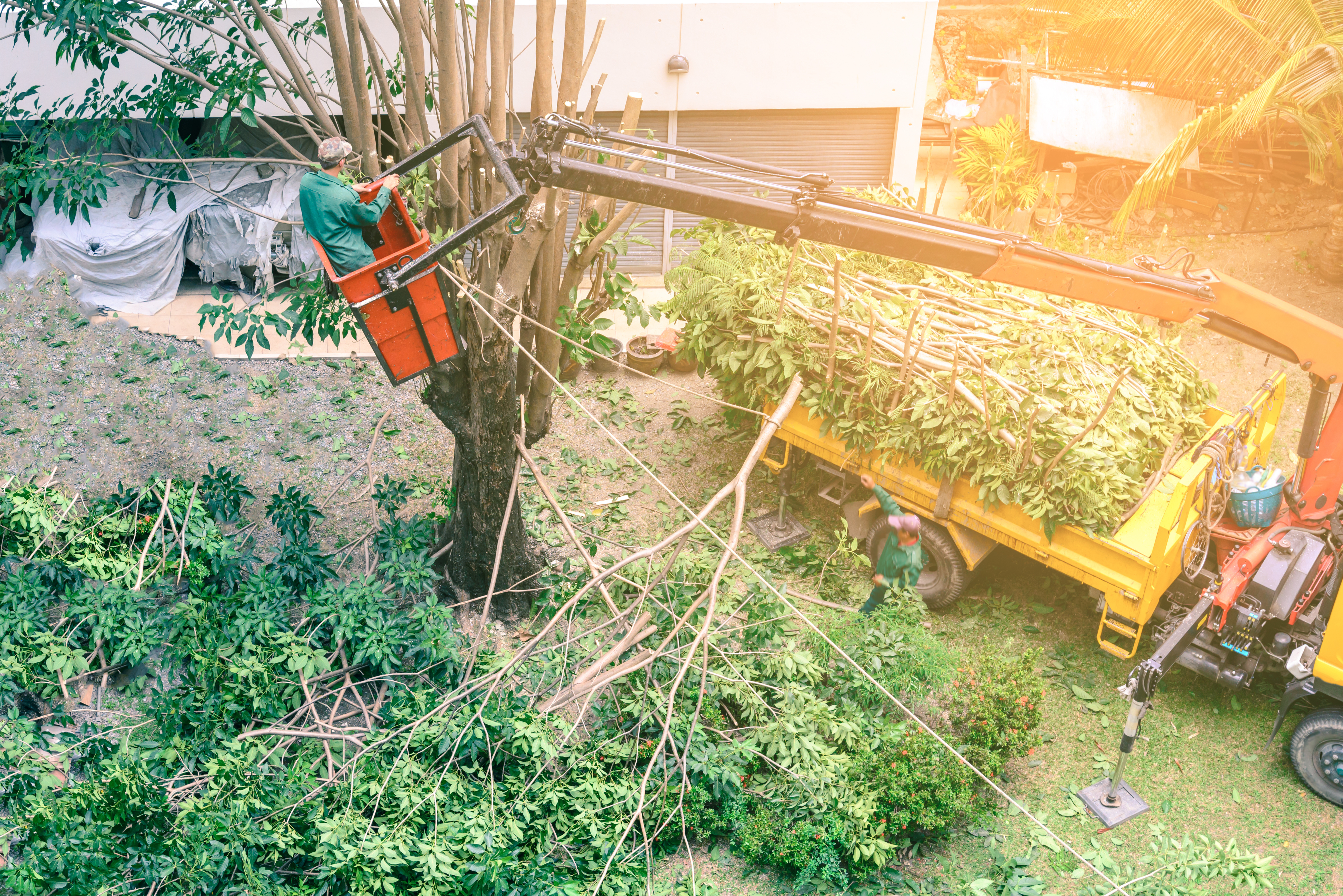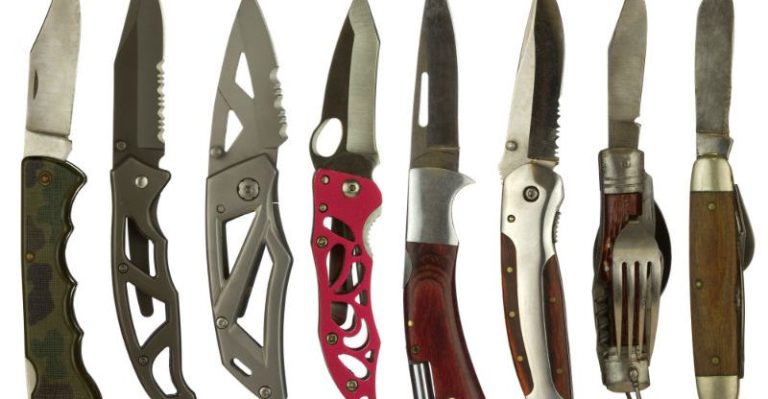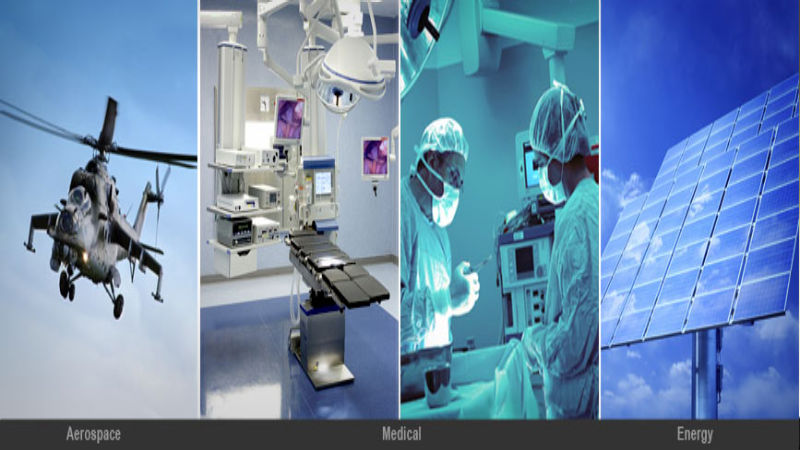As an inventor, an engineer, or a designer, making that first prototype is often the most complex part of the project. It is in converting a 3D model on a CAD/CAM program through prototype machining into an actual tangible part that can be costly and time-consuming, especially with complex parts or smaller sized components.
There are several different steps involved in the design and development of the component before the final design should be sent for prototype machining. By following each of these steps, and wisely choosing the company to handle the prototype production, you can save added costs and time delays.
Engineering Support
Not all companies are offering prototype machining have in-house support for your engineering and design needs. Some companies do offer assistance for their customers and, based on their experience in the machining industry, they can provide information, engineering expertise, and real-world experience to assist in ensuring the prototype is correctly designed.
Technology
With the use of CNC prototype machining, where the movement of the tools through the machine is all controlled through the computer, extreme precision is possible. This allows parts that previously would have been very challenging to produce either as a prototype or as a mass produced component to now become relatively easy to machine.
Also, this technology allows for accurate replication across the job, with very tight tolerances possible regardless of the complexity of the component. When utilizing a company for prototype machining ensure they are also able to produce the parts in larger orders as needed.
Speed of Production
With any prototype development, speed in production, both of the prototype itself and then the actual component if the prototype is successful, is certainly something to consider. Companies that are set up for prototype machining and can allocate both types of equipment as well as experienced staff to handle the project are always the very best combination to look for.
Too many companies see prototype machining as a low-value part of their work. They would rather take on large orders that require little in the way of technical support and troubleshooting as this gives them the biggest return on their shop time. Smaller companies are often much more effective, willing and able to handle these prototype orders, and they are also typically highly geared to providing 100% customer satisfaction, which is always a plus.






